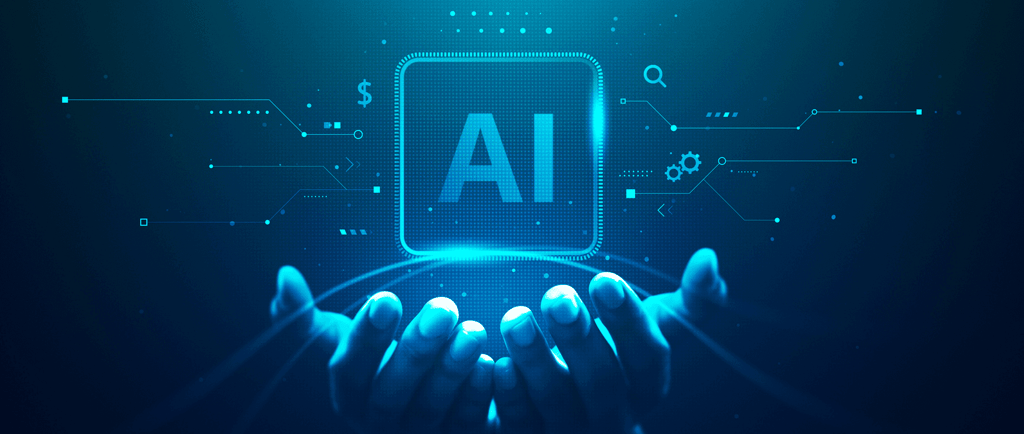Go2JoJo.com Blog Posts - How Long Has AI Been Around?
The Surprisingly Long History of Artificial Intelligence
JoEllen Caruana
4/16/20253 min read


Artificial Intelligence (AI) feels like a buzzword dominating headlines today, fueling advancements in everything from self-driving cars to medical diagnoses. But the concept of creating machines that think and learn isn't a recent phenomenon. In fact, the history of AI stretches back much further than many realize, with roots in philosophy, mathematics, and a persistent human fascination with creating artificial beings.
While the current AI revolution is driven by breakthroughs in deep learning and readily available computing power, the groundwork for this era was laid decades ago. Understanding how long AI has been around requires a journey through its key milestones, from theoretical musings to tangible advancements.
Early Seeds of Thought: The Pre-Computer Era
The very notion of artificial intelligence can be traced back to ancient philosophies. Thinkers explored the possibility of mechanizing thought processes, conceiving of automatons and artificial beings with varying degrees of intelligence. While lacking the computational tools to realize these dreams, these early concepts laid the intellectual foundation for future exploration.
The development of formal logic and mathematical reasoning in the 19th century provided even stronger footing. George Boole's Boolean algebra, for instance, allowed for the representation of logical statements with mathematical equations, a crucial step towards creating machines that could reason.
The Dartmouth Workshop: The Birth of AI as a Field
The generally accepted birthdate of AI as a distinct field is 1956. In that year, a pivotal workshop was held at Dartmouth College, organized by John McCarthy, often considered the "father of AI." This event brought together researchers from various disciplines, including mathematics, psychology, and computer science, all united by the common goal of exploring the possibilities of intelligent machines.
It was at this workshop that the term "Artificial Intelligence" was officially coined. Participants like Marvin Minsky, Allen Newell, and Herbert A. Simon laid out ambitious plans for achieving human-level intelligence in machines, fueled by optimism and the rapid advancements in early computing.
Early Successes and the First AI Winter
The initial years following the Dartmouth Workshop were marked by significant progress. Early AI programs, like the Logic Theorist and General Problem Solver, demonstrated the ability to solve mathematical problems and play games like chess. These successes ignited excitement and drew considerable funding into AI research.
However, the ambitious goals set at the Dartmouth Workshop proved far more challenging than initially anticipated. The limitations of early computers, combined with the inherent complexity of human intelligence, led to a period of disillusionment. Funding dried up, and research slowed down dramatically in what is often referred to as the "first AI winter" during the late 1970s and early 1980s.
Expert Systems and the Second AI Winter
AI research rebounded in the 1980s with the rise of expert systems. These programs were designed to mimic the decision-making processes of human experts in specific domains, such as medicine or finance. Expert systems proved commercially viable and helped revive interest in AI.
However, expert systems also had their limitations. They were brittle, difficult to maintain, and struggled to handle situations outside their pre-programmed knowledge base. This led to another period of disappointment and reduced funding, known as the "second AI winter" in the late 1980s and early 1990s.
The Rise of Machine Learning and the Current AI Boom
The late 1990s and early 2000s marked a turning point for AI. The increasing availability of data, coupled with advancements in machine learning algorithms, particularly deep learning, fueled a resurgence of interest and progress.
Machine learning, which allows computers to learn from data without explicit programming, proved to be a more flexible and powerful approach than previous methods. This era saw breakthroughs in areas like natural language processing, computer vision, and robotics.
"As machines become more and more intelligent, they will be able to handle more and more complex tasks. Ultimately, a technological singularity may occur, in which the rate of technological progress becomes so rapid that it is effectively infinite." - Ray Kurzweil
AI Today and Beyond
Today, AI is transforming industries across the globe. From personalized recommendations on streaming services to sophisticated medical diagnoses, AI-powered applications are becoming increasingly integrated into our daily lives. The current AI boom is driven by factors such as:
Big Data: Vast amounts of data are now readily available, providing fuel for machine learning algorithms.
Increased Computing Power: Advances in hardware, particularly GPUs, have made it possible to train complex AI models in a reasonable amount of time.
Algorithmic Breakthroughs: Researchers continue to develop new and more effective AI algorithms.
While the road to artificial general intelligence (AGI), which envisions machines with human-level intelligence across all domains, remains a long one, the history of AI demonstrates a persistent human drive to create intelligent machines. The advancements of the past few decades have laid a solid foundation for future breakthroughs, promising a future where AI plays an even more significant role in shaping our world. The journey so far has been marked by cycles of enthusiasm and disillusionment, but the current trajectory suggests that the era of AI is truly upon us.
How Long Has AI Been Around? The Surprisingly Long History of Artificial Intelligence
Phone: 702-493-2850
Go2JoJo, LLC - Graphic Design Services - Branding Your Business


Main Menu:
Copyright ©2025 www.Go2JoJo.com All rights reserved.
